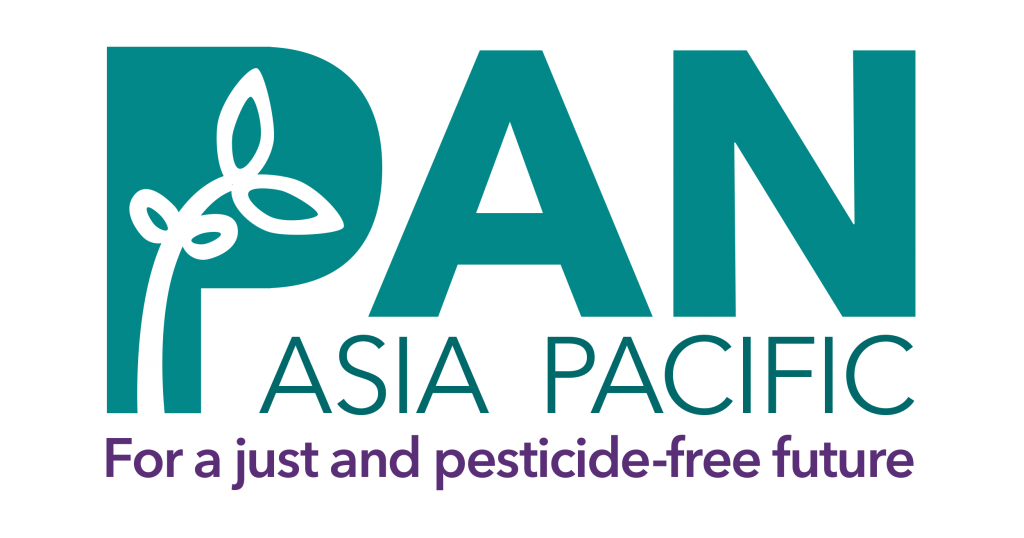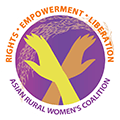Tomorrow is world cancer day, globally children are exposed to pesticides in their everyday lives. Pesticides have been linked to long-term health impacts including cancer, leukemia and learning disorders.
Now more than ever stricter global mechanisms are needed to regulate pesticides globally. PAN Asia Pacific calls upon SAICM in its intercessional process taking place on the 7th to 9th February, 2017 in Brazil to develop a mechanism for global governance of pesticides and phase-out of highly hazardous pesticides, with special attention to the rights and needs of children.
Sarojeni Rengam, PANAP’s Executive Director said that “Regulatory processes and policies fail to protect children from pesticides due to the lack of political will to question norms and apply the precautionary principle.”
PANAP’s submission to SAICM outlines PAN Asia Pacific’s concern about the impact of hazardous pesticides on children, and the need for greatly improved global governance of pesticides post 2020, to protect the rights of children and to meet the Sustainable Development Goals of Agenda 2030.
Children in Asia are particularly more vulnerable as their developing bodies are exposed to pesticides near schools, through their diet and their environments. In many rural areas in Asia, poverty forces children work on farms and plantations. In some cases, children are exposed to pesticide spray drifts from farms and also sprayed on aerially e.g. Philippines.
“Children’s continuous exposure to pesticides is undeniable and unacceptable,” Rengam continues. She noted that numerous cases of child poisoning occur throughout the world but are particularly high in Asia. She particularly mentioned the events in Cambodia where insecticide-tainted cucumbers caused the mass poisoning of villagers 440 of whom are children as recently as 2015, and at least 27 children in India aged 4 to 12 were fatally poisoned by monocrotophos in 2013. Monocrotophos, a highly hazardous pesticide is still being sold in India despite WHO warnings to ban the pesticide.
Despite stricter regulations, pesticide residues have been found in food and water in food samples in Asia Pacific. The insecticides cypermethrin, chlorpyrifos, and diazinon are among those detected in fruits and vegetables from Southeast Asia. These three belong to the list of Terrible Twenty pesticides highly hazardous to children as they cause cancer, endocrine disruption, and neurological disorders among others.
According to Dr Meriel Watts, author of Poisoning our future: Children and Pesticides, “There is still very little understanding of the extent of acute poisoning by pesticides and its chronic impacts on health and the environment.” She added that “The Bhopal, Kasargod and Kamukhaan tragedies have led to the suffering and death of countless men, women and children, and yet, we have not taken extreme measures to prevent its recurrence.” These tragedies are recounted in the PANAP submission.
PANAP brings to fore the existence of double standards in the international trade of pesticides from developed to developing countries. Numerous highly hazardous pesticides, such as paraquat, are produced in and exported from countries that do not allow their use.
This situation is intensified by the lack of resources for prevention and control of pesticides in developing countries and lack of legislation and inspection by governments. Overall, this factor further contributes to the continued impact of pesticides on children’s health and well-being.
Deeppa Ravindran, Pesticide Programme Coordinator of PANAP calls on the SAICM participants to “uphold the right of the child to the enjoyment of the highest attainable standard of health. We at PAN Asia Pacific calls upon SAICM in its intercessional process to develop a mechanism to be adopted by ICCM5 for global governance of pesticides and phase-out of highly hazardous pesticides, with special attention to the rights and needs of children.”
Take Action >> Join us in taking a stand for children’s health
Reference: Ms. Sarojeni Rengam, Executive Director, sarojeni.rengam@panap.net








Discussion about this post